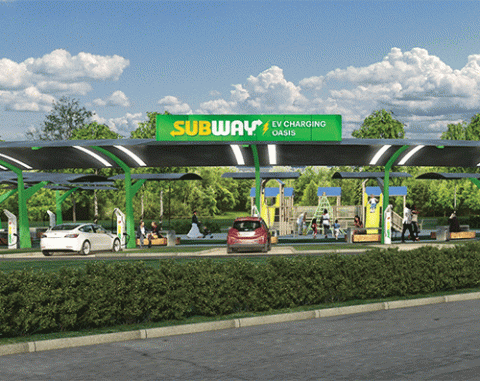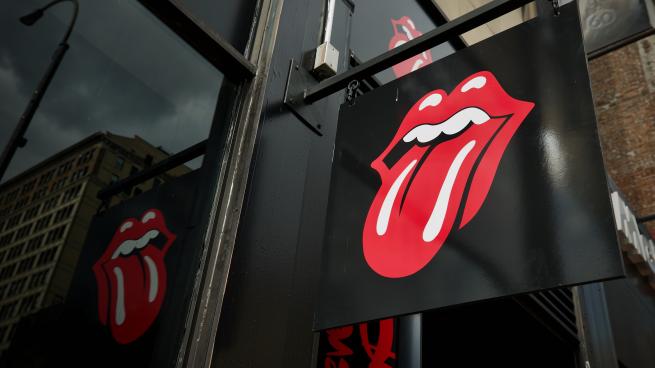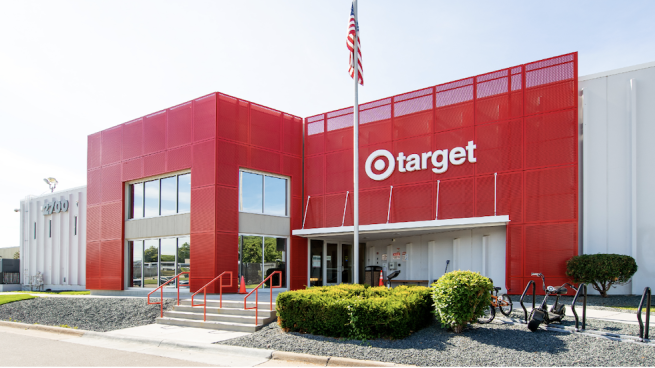Reimagining the store

Three retailers are creating their own very different models for the “store of the future.”
Everyone agrees the physical store is changing. Constantly connected customers, omnichannel shopping habits formed during the COVID-19 pandemic, and increasingly busy customer lives are all requiring retailers to rethink how their brick-and-mortar stores operate.
But there is no one model for the “store of the future” (which is really the store of today). Here is a look at how Target, Subway, and Amazon are all evolving their store models in very different ways:
Target
Discount giant Target Corp. is following a blueprint that is turning its brick-and-mortar stores into omnichannel fulfillment hubs. While shoppers can still enter a physical store and shop as they normally would, Target is increasingly providing them with options to purchase, obtain and even return items at a brick-and-mortar location without ever setting foot inside.
Target debuted its Drive Up curbside pickup in October 2017 and expanded the service in August 2018, before beginning widespread rollout in April 2019. Now, following a successful pilot launched in February 2022, Target is enabling customers to make drive-up product returns at its stores this spring. The company plans to offer the service at all of its nearly 2,000 U.S. stores by the end of summer 2023.
The discounter also recently said it will spend $100 million to expand its package-sorting network (dubbed sortation centers) to more than 15 facilities by the end of 2026. The expansion calls for the building of at least six new centers, which retrieve packages daily from range of 30 to 40 local stores for next-day delivery, turning its existing store fleet investment into an enabler of future rapid online fulfillment.
Subway
Quick-service sandwich chain Subway is focusing store expansion on non-traditional locations that could be described as geared toward the needs of customers who are on the move. These include interactive, fully unattended “grab and go” smart fridges that serve customers who are in a hurry. Subway’s first-ever smart fridge opened in September 2022 at the University of California San Diego.
The restaurant giant is also partnering with GenZ EV Solutions, a provider of electric vehicle (EV) charging solutions, on an initiative that will eventually include the opening of “Subway Oasis” charging parks at select locations. The parks will feature charging canopies with multiple ports, picnic tables, Wi-Fi, restrooms, green space and playgrounds.
As part of its multi-year plan to roll out the charging parks, Subway will also pilot smaller-format, fast EV charging stations this year at select, new or newly remodeled Subway restaurants. GenZ EV Solutions is working with Red E Charging, a fast-growing EV charging network, to provide the equipment and operating expertise for the EV charging stations and Subway Oasis.
Amazon Style
E-tail colossus Amazon has opened a variety of leading-edge physical store formats, but its new Amazon Style fashion format takes an interesting mobile-centric approach toward combining the personalization of e-commerce with the immediacy of brick-and-mortar shopping.
Amazon debuted the concept in May 2022 at The Americana at Brand, an upscale lifestyle center in Glendale, Calif., and opened a second location at Easton Town Center in Columbus, Ohio in October 2022.
Using the Amazon Shopping app, Amazon Style customers scan an item’s QR code to send it to a fitting room, or send it directly to the store’s pickup counter to purchase. When a customer enters a fitting room, they will find the items they requested while browsing the store, plus additional selections Amazon thinks they might like. Customers can also rate items to get new selections in real time and request more styles and sizes that are delivered in minutes.
Store employees are available throughout the space to provide in-person customer assistance. Items scanned at Amazon Style are saved in a customer’s Amazon Shopping app.
Customers can shop millions of apparel items on Amazon.com, request delivery to Amazon Style, and then try on items in the fitting room when they get to the store. Items purchased online can also be returned in the store.





